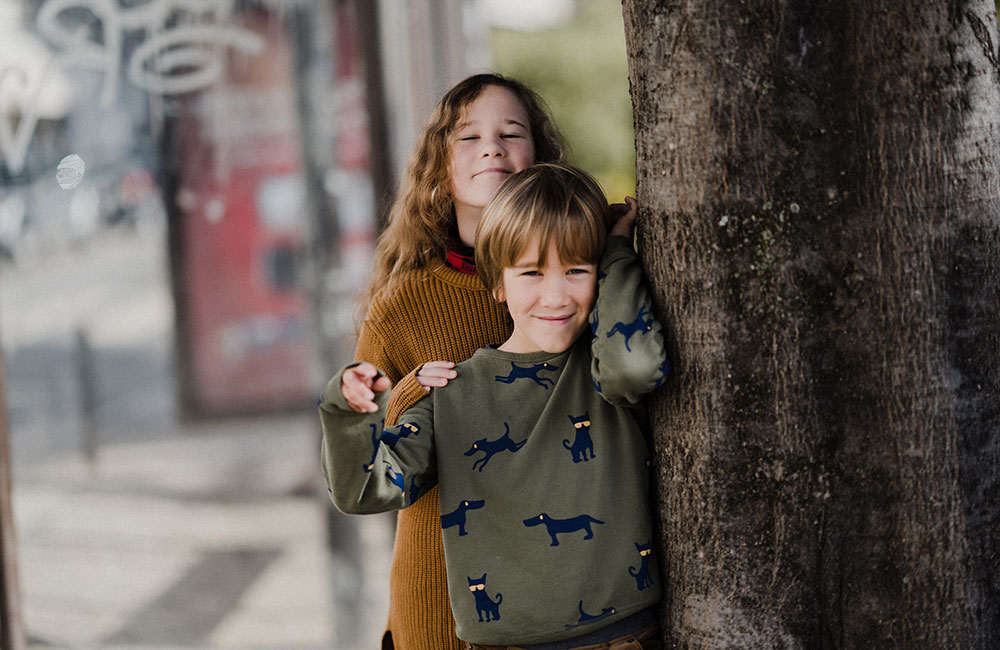
Patrick Wheeler and Cécile de Lagarde from law firm Collyer Bristow discuss fabric copyright.
Designers and retailers of children’s fashion clothing work hard to make their designs eye-catching and popular. With luck, those designs sell well for at least one and sometimes more than one season.
New product designs have to be sufficiently different from designs that are already in the market for two reasons. Firstly, reputations are made by bold and different designs. Secondly, if a business tries to ‘play safe’ by adapting a design that is already popular, it may face a complaint of infringement of intellectual property rights.
Several different intellectual property rights may protect clothing and fabric designs.
Designer names and logos can be protected as trademarks; clothing designs may be registered as designs in the UK and/or in other countries as required; and, since most fashion clothing is not expected to last for more than a season or two, unregistered design rights can also be used. However, these typically only last three years from first marketing.
Copyright has not played much part in the protection of original designs for clothing and fabrics for the past 30 years. This is because s.51 of the Copyright Designs and Patents Act 1988 says that it is not an infringement of any copyright in a design document for anything other than an artistic work, to make an article to the design.
So, although a sketch or detailed drawing of a new design of jacket will be protected as a copyright work, and someone who copies that sketch or design without permission will infringe that copyright, the act of making a jacket using that design is not an infringement.
The meaning of the exception “anything other than an artistic work” has been tested in the recent case of Response Clothing Limited -v- Edinburgh Woollen Mill Limited [2020] EWHC 148 (IPEC).
The Judge had to decide whether a fabric design featuring a textured wave pattern was a “work of artistic craftsmanship”. This is a separate category of artistic work and therefore escaped the general ban on copyright protection under section 51.
Edinburgh Woollen Mill (EWM) had originally bought blouses and tops made from the wave fabric from Response. However, in 2012 EWM stopped buying from them as Response tried to raise its prices. EWM sent a sample of the fabric to other suppliers and asked if they could make similar tops. It then purchased tops from three other suppliers. Response complained that these replacement products infringed its copyright.
Because the Jacquard fabric had a raised textured effect creating the wave pattern, this formed a “surface decoration” that distinguished it from printed or dyed fabrics. However, in cases dating back to 1976, the joint requirements that a work be both a work of “craftsmanship” and “artistic” have been almost impossible to apply in practice. The EWM case has found a way through this legal thicket.
EWM argued that the wave fabric was not “craftsmanship” because it was made on a machine. The judge disagreed, using the example of a potter working with clay on a wheel. He also decided that the work was artistic; customers must have found it aesthetically pleasing since the tops sold well. Expert evidence established that the fabric which EWM had commissioned and sold had been copied from the wave fabric design. So, Response succeeded in its copyright infringement claim.
Conclusion
The Judge’s reasoning that the fabric design was a work of artistic craftsmanship with aesthetic appeal is certainly bold. We are now waiting to see if this decision is appealed.
If the decision is upheld, this is welcome news for fabric and clothes designers. They may now benefit from the additional protection of copyright for fashion designs that include some built-in surface decoration.
Copyright lasts for well over 70 years. This makes it much more valuable than EU unregistered design rights law, which lasts for three years. Or registered designs, which offer protection in five years blocks that can be renewed up to a maximum of 25 years. It may also make those tempted to copy a successful design have second thoughts.
Patrick Wheeler is a partner and head of intellectual property and Cécile de Lagarde is an associate at the law firm Collyer Bristow.












